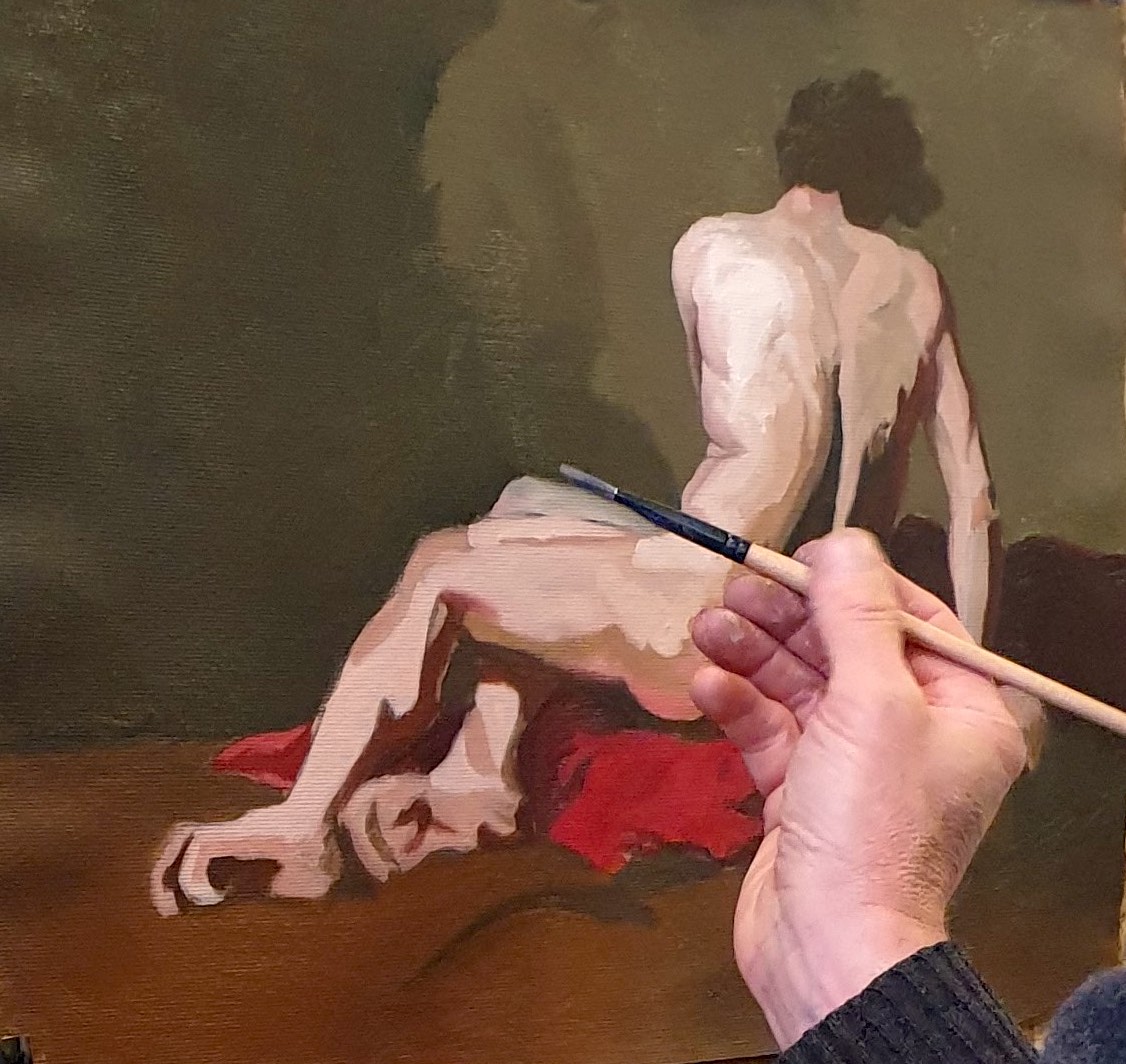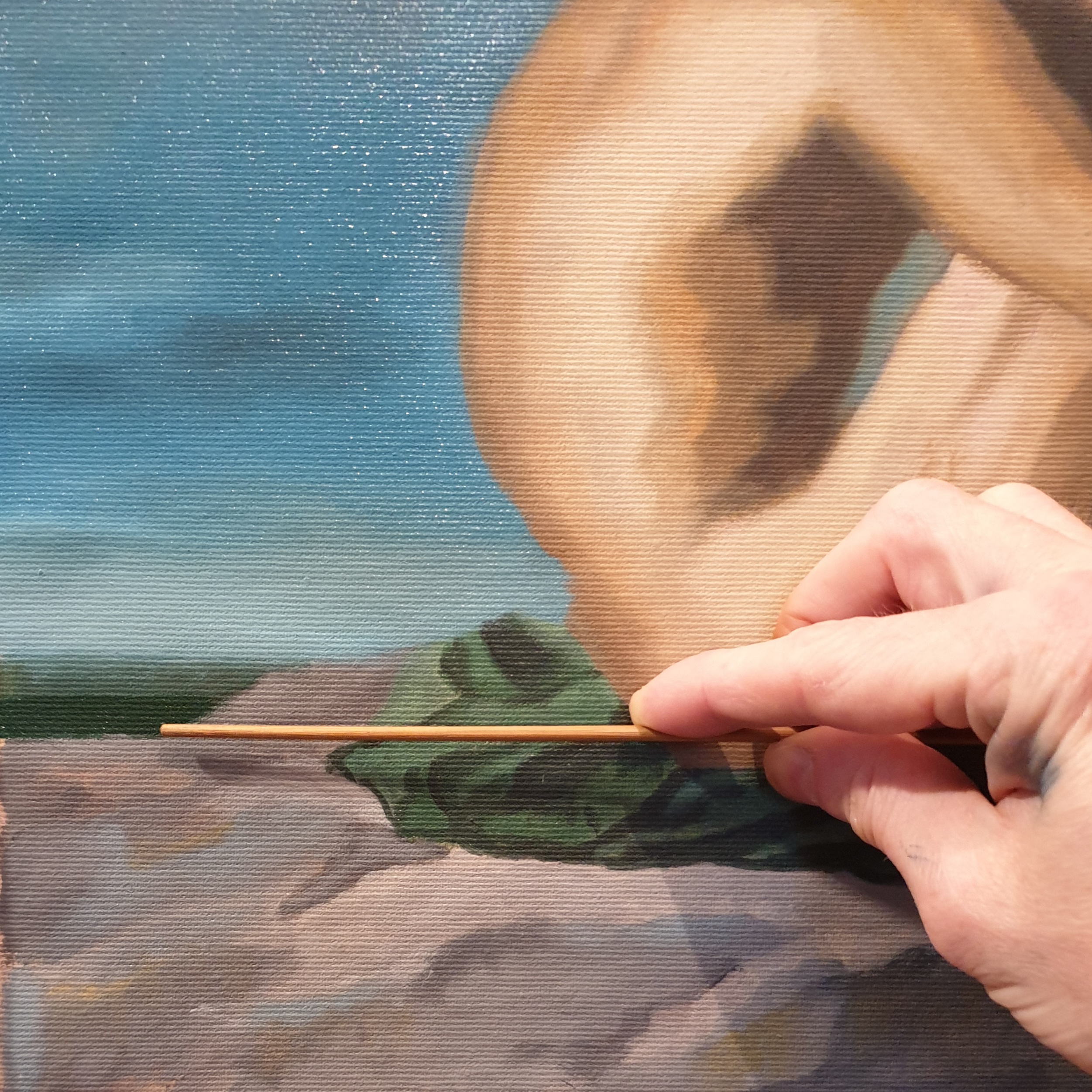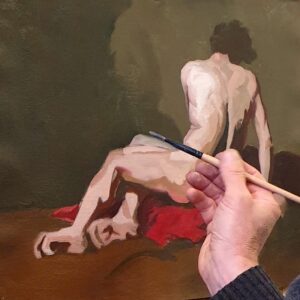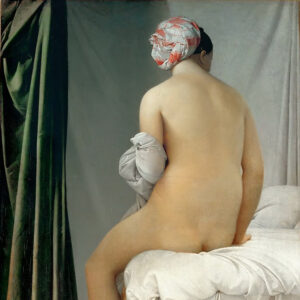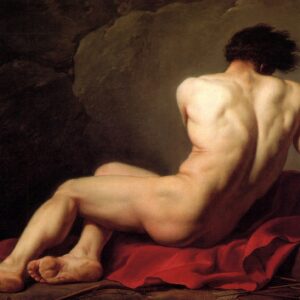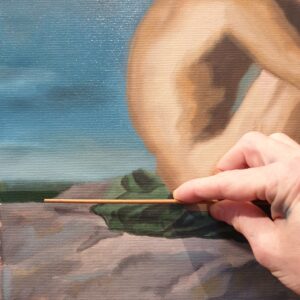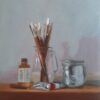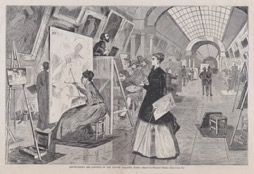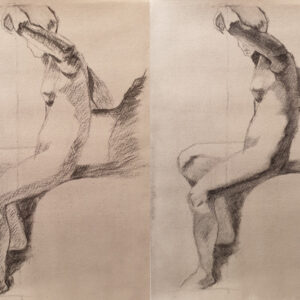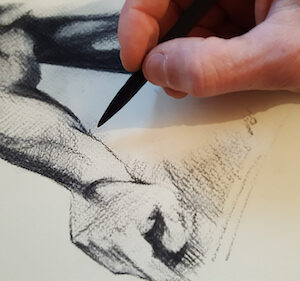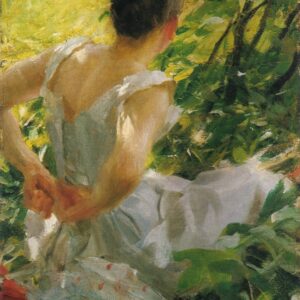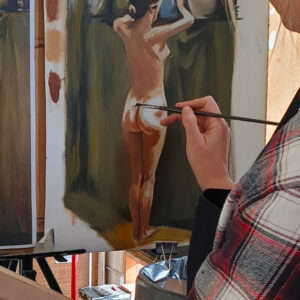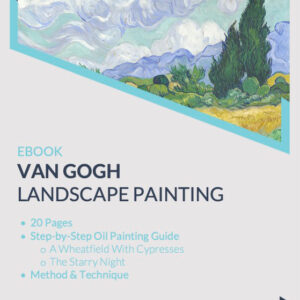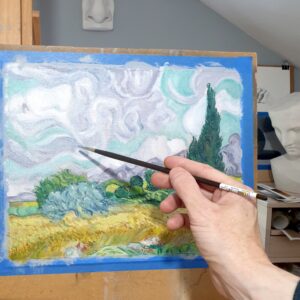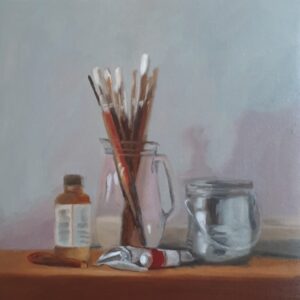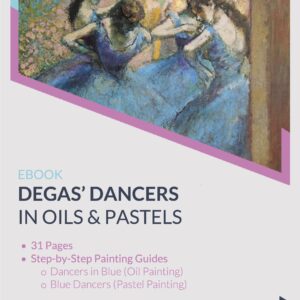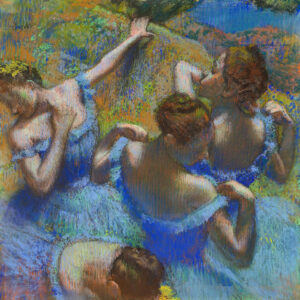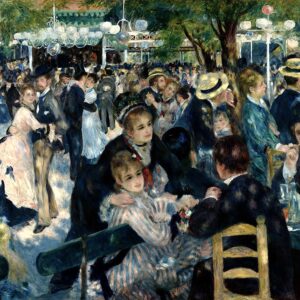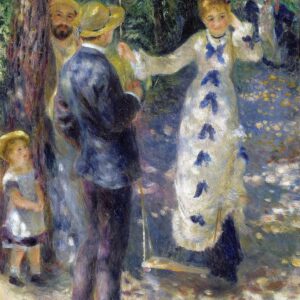Copying the 19th-Century Nude Studio Course (Cahir Arts)
€210.00
STUDIO COURSE AT CAHIR ARTS, CO. TIPPERARY
Starting Tuesday 18th March 2025
Dates: 18th March to 15th April 2025
Class Time: Tuesdays 7-9pm
Duration: 5 Weeks
Media: Oil Paint
Format: In-Person Studio Course
Level: All levels
Bundle this with Painting the Figure from Life (with Live Model) & GET ONE CLASS FREE!
Bundle & SaveFor centuries, copying paintings of the masters has been a key part of artistic training. Not only does it help you to learn key principles and painting practices, but it also encourages you to see and think like these great artists. Painting the nude figure in particular offers the greatest scope for understanding gesture, capturing proportion, turning form, and mastering the effects of subtle colour.
Make copies, young man, many copies. You can only become a good artist by copying the masters.
– Jean-Auguste-Dominique Ingres (1780-1867)
This short course introduces you to French Neoclassical painting by copying either of two figure paintings by Jacques Louis David (1748-1825) and Jean-Auguste-Dominique Ingres (1780-1867).
The human form has constituted the main subject in art through the ages. Painting the nude figure in particular offers the greatest challenge for artists but also presents the opportunity to capture gesture and movement, to work out proportions, to render forms, and master the subtle effects of light and colour.
Some of the key learning outcomes are as follows:
- Learn time-honoured painting methods and techniques
- Discover French Neoclassical painting
- Study the aesthetics, methods and techniques of the academic oil painting tradition through reproduction and critique
- Learn the essential structure and anatomy of the human body for artists
- Understand and depict light and shadow on the figure accurately
Please see tabbed sections below for a detailed description of each module.
Please see tabbed sections below for a detailed description of each module as well as other important information.
In stock



